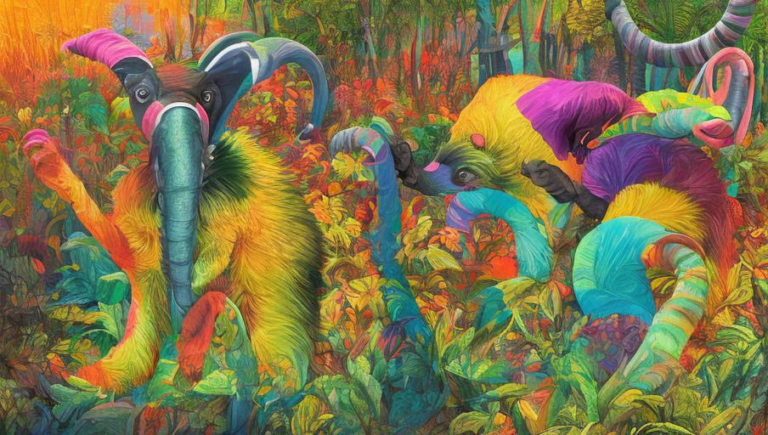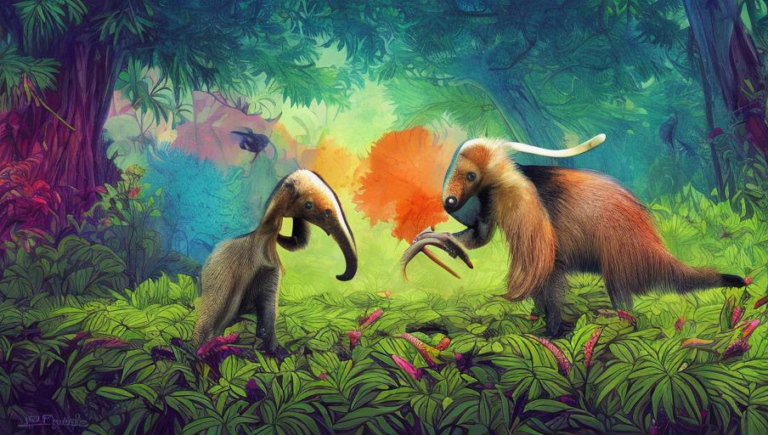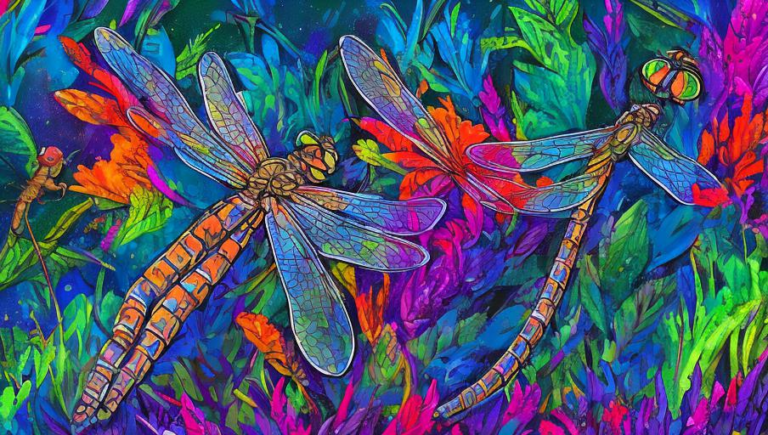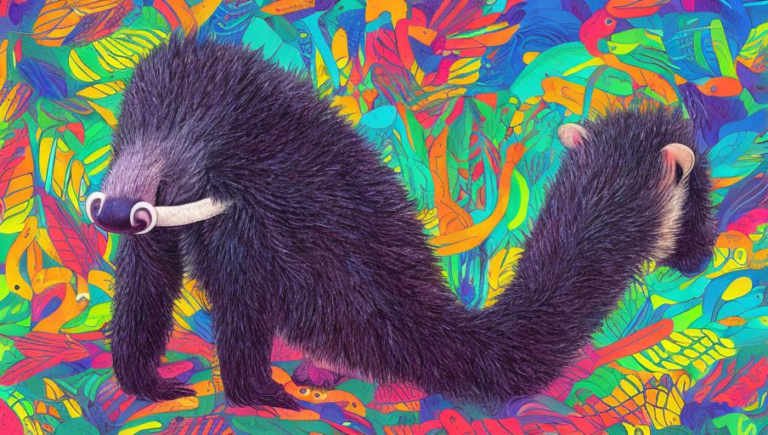A Look at the Unique Anatomy of Anteaters
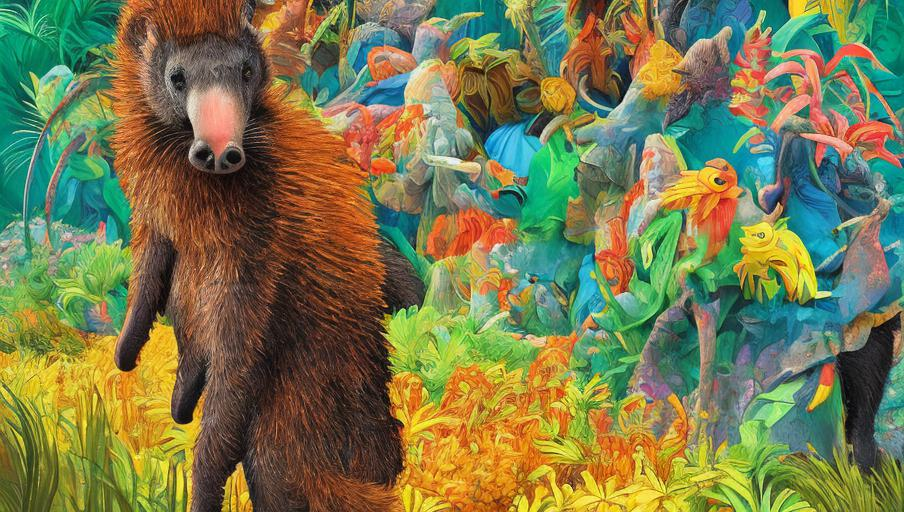
Introduction to the Anteater
The anteater is an iconic animal, recognizable to many by its long snout and bushy tail. While these animals are an unmistakable sight, they are also incredibly fascinating creatures with unique anatomical features that make them different from other mammals.
Physical Characteristics
Anteaters can range in size from the small silky anteater, which only grows to about 10 inches, to the giant anteater, which can measure up to seven feet long. All anteaters have a long snout and a long, bushy tail. They also have large claws on their front feet which they use to dig up their food. While they do not have any teeth, they have thick tongues that can range up to two feet long!
Diet
Anteaters are insectivores, meaning they feed on insects. They use their long tongues to scoop up ants and other insects from their nests, and their powerful claws to dig up termites. They also have highly sensitive noses which helps them detect the presence of insects.
Senses & Adaptations
Anteaters have a very keen sense of smell which allows them to detect the presence of insects from a distance. They also have poor eyesight, which is why they rely on their sense of smell to find their prey. Additionally, they have thick fur that helps keep them warm and helps protect them from parasites and other predators.
Social Behavior
Anteaters are solitary creatures, and they usually only come together during mating season. They will also sometimes form small groups while they are looking for food. They are typically non-aggressive animals and prefer to run away from danger rather than fight.
Habitats & Distribution
Anteaters can be found in forests and grasslands throughout Central and South America. They prefer to live in areas with plenty of trees and vegetation where they can find their food and hide from predators. They are typically found in areas with tropical and subtropical climates.
Conservation Status
The conservation status of anteaters varies by species. The giant anteater is listed as vulnerable on the IUCN Red List due to habitat loss, while the silky anteater is listed as near threatened. There are also several species of anteaters that are considered to be data deficient, meaning that more research is needed in order to assess their conservation status.
Conclusion
The anteater is a fascinating creature with unique physical characteristics, a powerful sense of smell, and highly adapted behavior. They make their homes in tropical forests and grasslands throughout Central and South America and are a keystone species in their ecosystems. Despite their iconic status, several species of anteaters are threatened due to habitat loss and other human activities. It is important to continue to research and protect these animals in order to ensure their survival.
